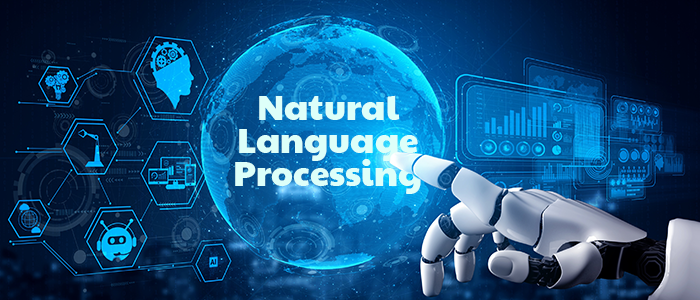Right to Repair is a rapidly growing movement in the tech industry that is attracting attention from law makers around the world. Right to Repair is a simple concept, consumers should have the right to be able to repair their own devices, without taking it exclusively to the relevant manufacturer and helping to prolong the life of the device. Historically, when looking at old iPods, DVD players, radios etc. you could just take these devices to any small electronics repair shops and get them fixed for a relatively small fee and continue to use the device however long it lasts.
However, in the past decade or two, companies have made it increasingly difficult or almost impossible to repair a device by yourself, which means majority of consumers buy a new device or, must go exclusively to manufacturer authorized stores and pay significant amounts for repairs. Apple is notorious for refusing to share any specification or information for repairability of their devices, while the way in which the parts are put together almost intentionally make it impossible to repair by a third party. Many other companies now also follow the similar tactics. This gives power of repairing to the manufacturer only who can drive up the prices, making customers more likely to buy a brand-new device rather than repairing their old ones. New York Times said that companies argue that this is because of “security risks from giving criminals access to technical information, safety risks from unauthorized repair, and risks to intellectual property.”. Federal Trade Commission in US ruled majority of these arguments as flawed and don’t have direct implications on repairability except for intellectual property rights, which still does not justify the amount of repair restrictions normally imposed.
This ultimately also hurts independent repair shops, who have become much mor rare and resort to illegally obtained device prints and parts to be able provide repairing services. Louis Rossman one of the faces of right to repair movement is an independent repair shop owner and youtuber who has gone to different state hearings on right to repair to make law makers aware how companies actively make it impossible to repair the devices. He spoke about how Microsoft, Sony, Apple and other big tech manufacturers actively lobby against the right to repair movements as this may affect their sales. Another popular website ifixit.com explained how it took a lawsuit before Apple even started offering battery replacement, something which should not be difficult to do. They also mentioned that “it’s common practice to refuse to make parts, tools, and repair information available to consumers and small repair shops. Apple even created a special screw specifically to make it hard to repair the iPhone.”.
Apple has recently boasted how they are pushing towards making their devices more sustainable through their so-called recycling programs and even removing charging bricks from phone boxes. While this may sound nice, I believe it does very little in reducing their impact on environment and is rather just for greenwashing purposes. If apple and other manufacturers really cared about the environment it would be much more effective by allowing easier repairability and sharing information on repairs to their devices, as this would meaningfully reduce e-waste and make it easier for consumers to use their devices for longer, instead of buying new device as soon as old one has a problem.
There’s now also a growing movement for right to repair of consumer electronics in EU particularly also due to the environmental concerns. Repair.eu states that 53 million tons of e-waste is produced every year, of which only 15-20% is recycled. Being able to freely repair devices at will is fundamental right of every consumer, and one of the ways the world can be more sustainable is through using their devices longer and reducing the amount of e-waste produced around the world.
Ultimately, I strongly believe that the devices you purchase are yours, and you should be able to repair it if you want to and the manufacturer should not have much say in it
References


